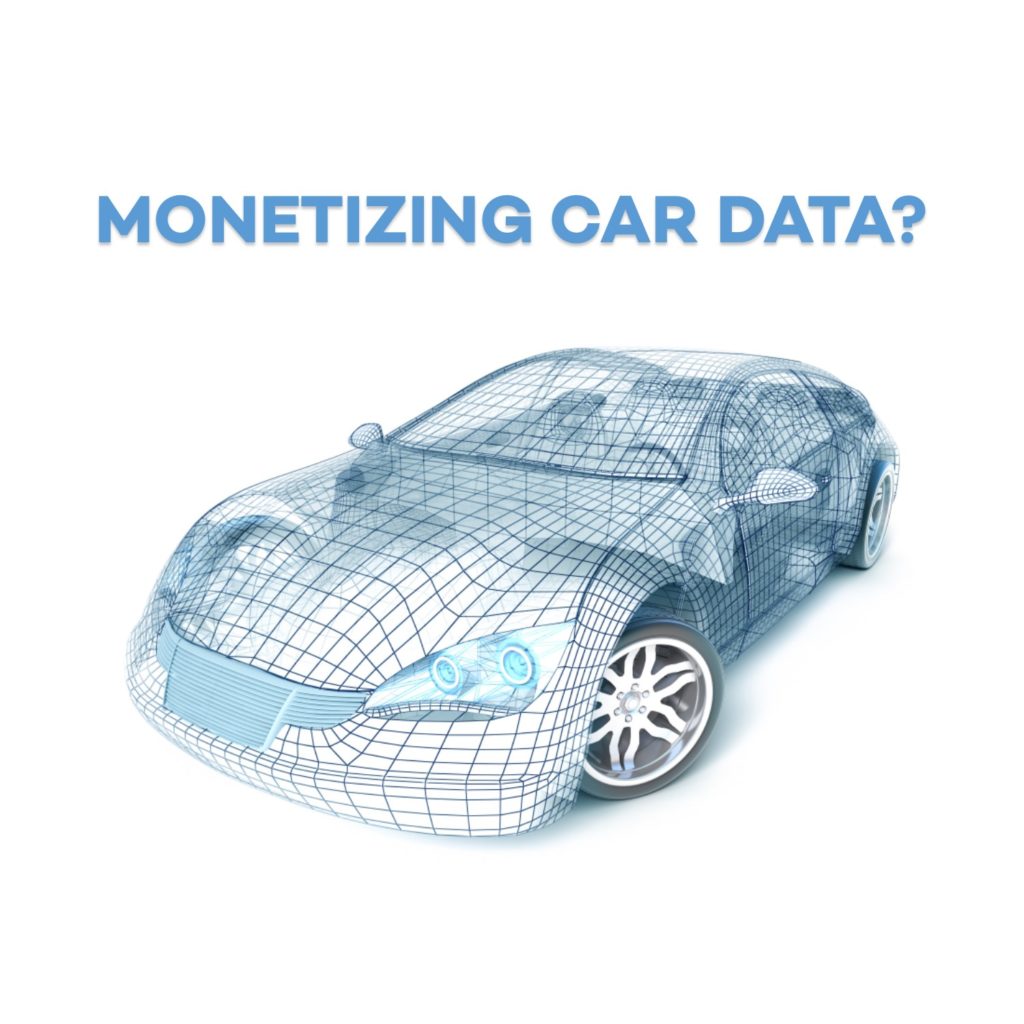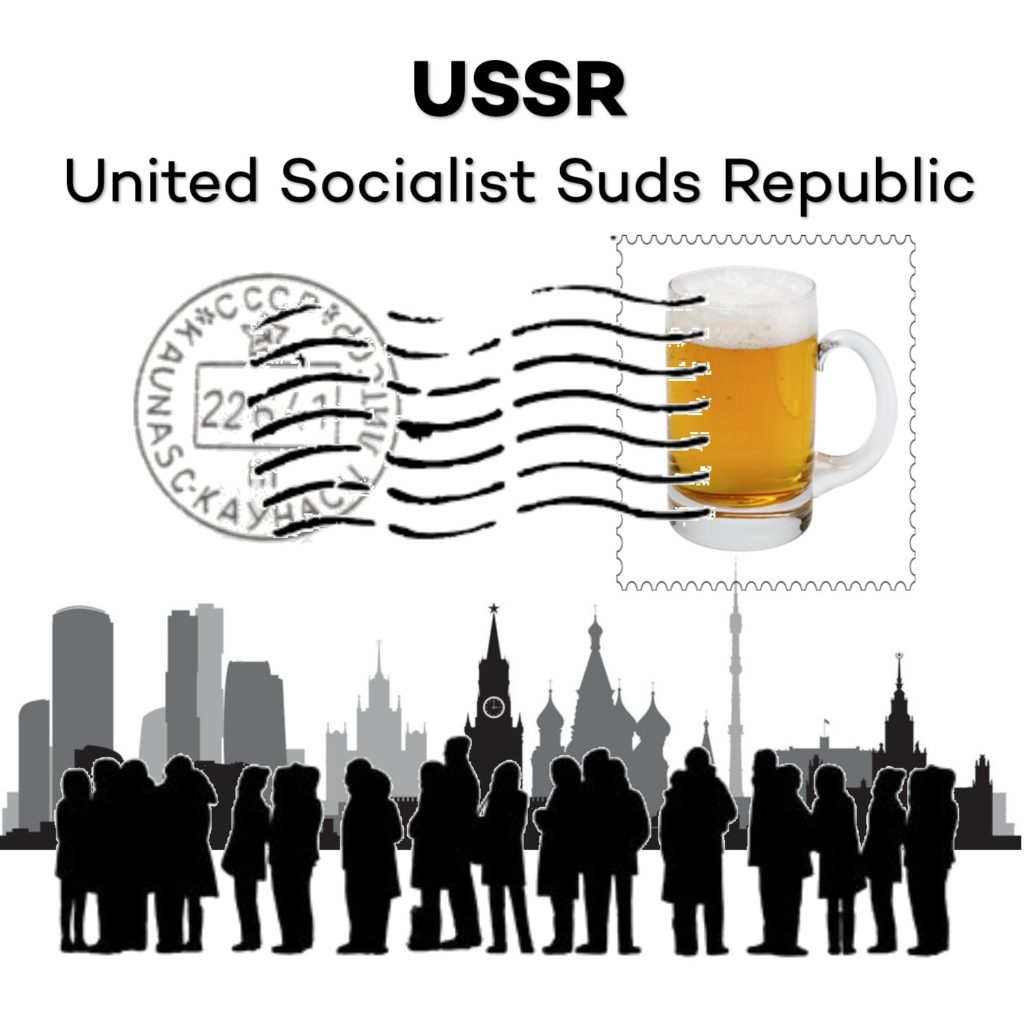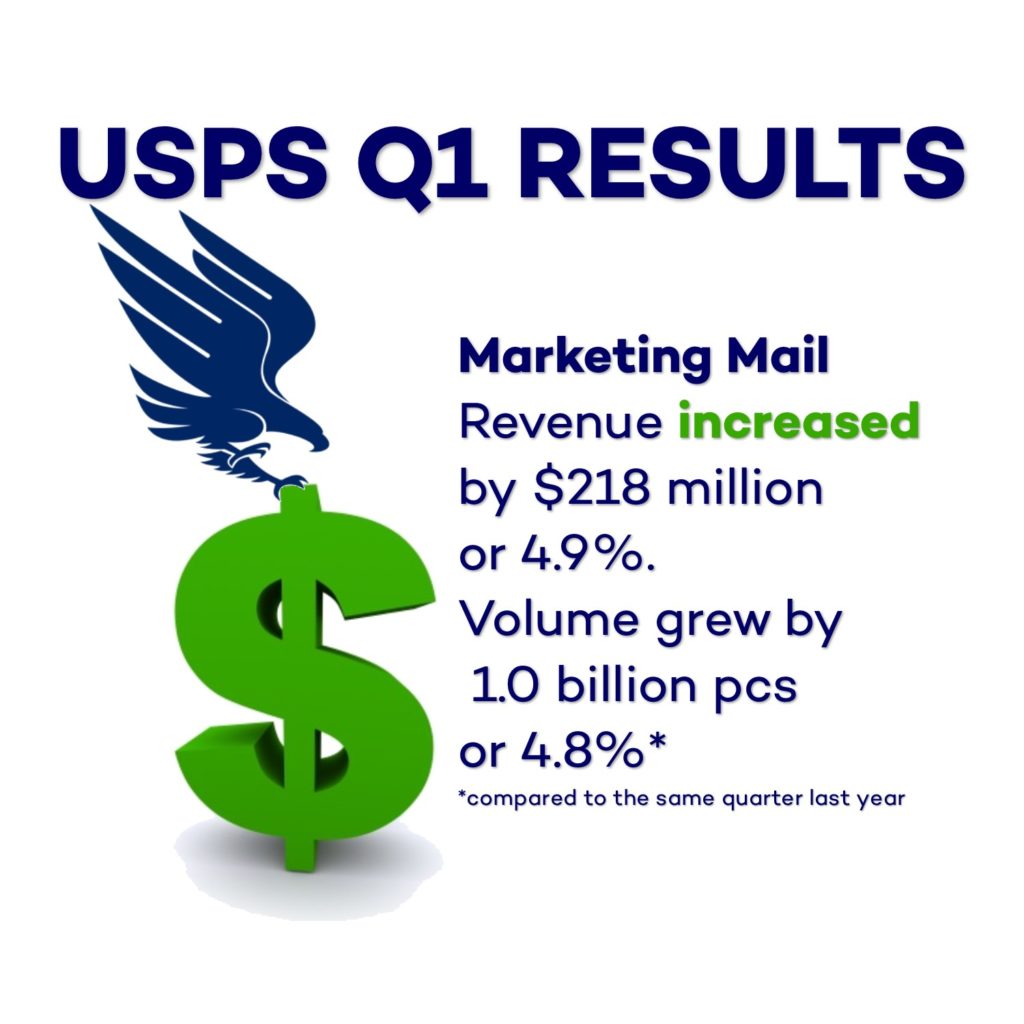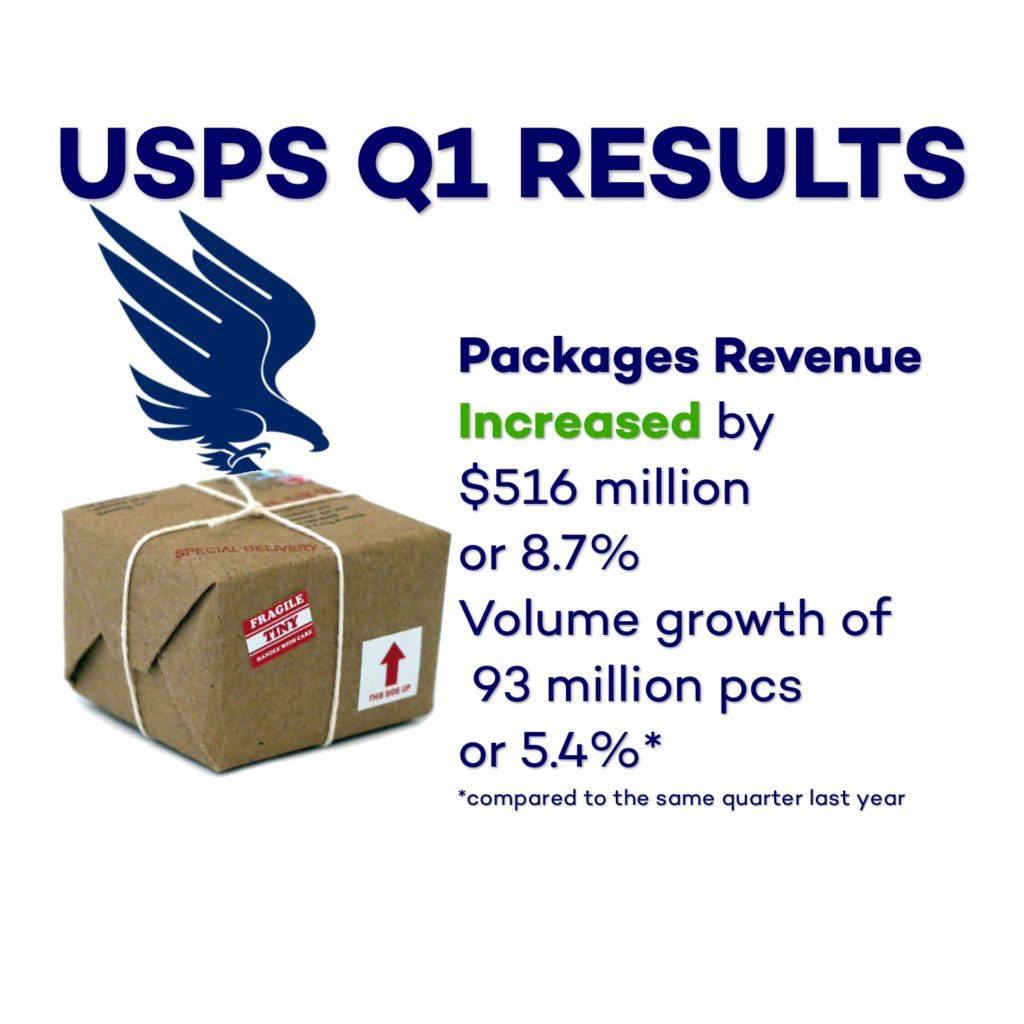In 2018, artificial intelligence (AI) and augmented reality (AR) began to take off and major catastrophes caused online hesitation such as data breaches, interference in elections, and world leader arguments on Twitter.
From small businesses to major corporations, every business needs to have a social media marketing plan. It’s not necessary to have photography staff or a video production studio in order to keep up with the latest social trends. Keeping your finger on the pulse concerning where your clients are and what they are responding to is necessary.
Brand professionalism, voice, authenticity, and trustworthiness matter more than ever.
There have been more than 3,500,000,000 live videos on Facebook since “going live” was first introduced to the platform. Over 2 billion people have watched live videos. This trend is just getting started.
“Stories” are potentially the next stage of social media as we know it. Mark Zuckerberg stated in January that views to stories will surpass newsfeed views this year. FOMO (fear of missing out) is a marketing buzzword that is gaining credibility. 200 million Instagram users use Instagram Stories each month.
Facebook, YouTube, and Instagram have emerged as the top platforms for video marketing, and audiences are responding more than ever. With the launch of long-form, vertical videos on IGTV from Instagram and continued new options for YouTube Creators, video is evolving fast.














